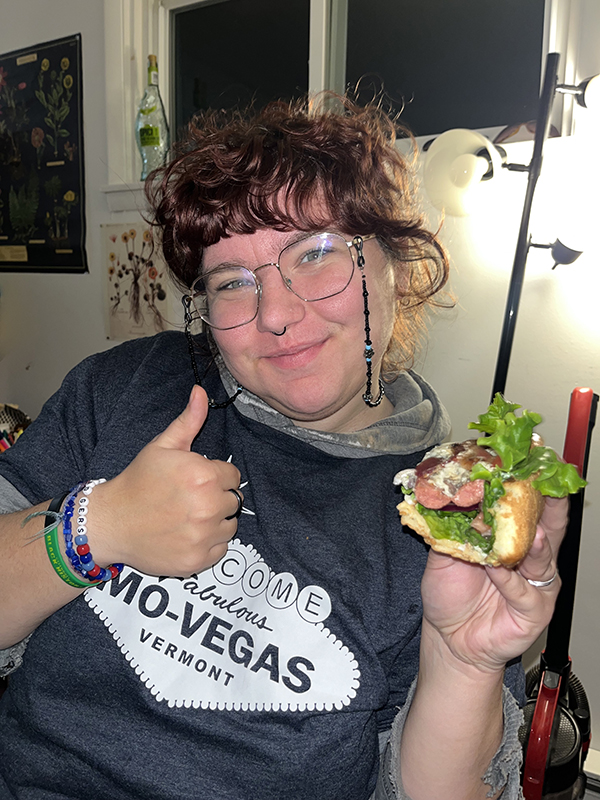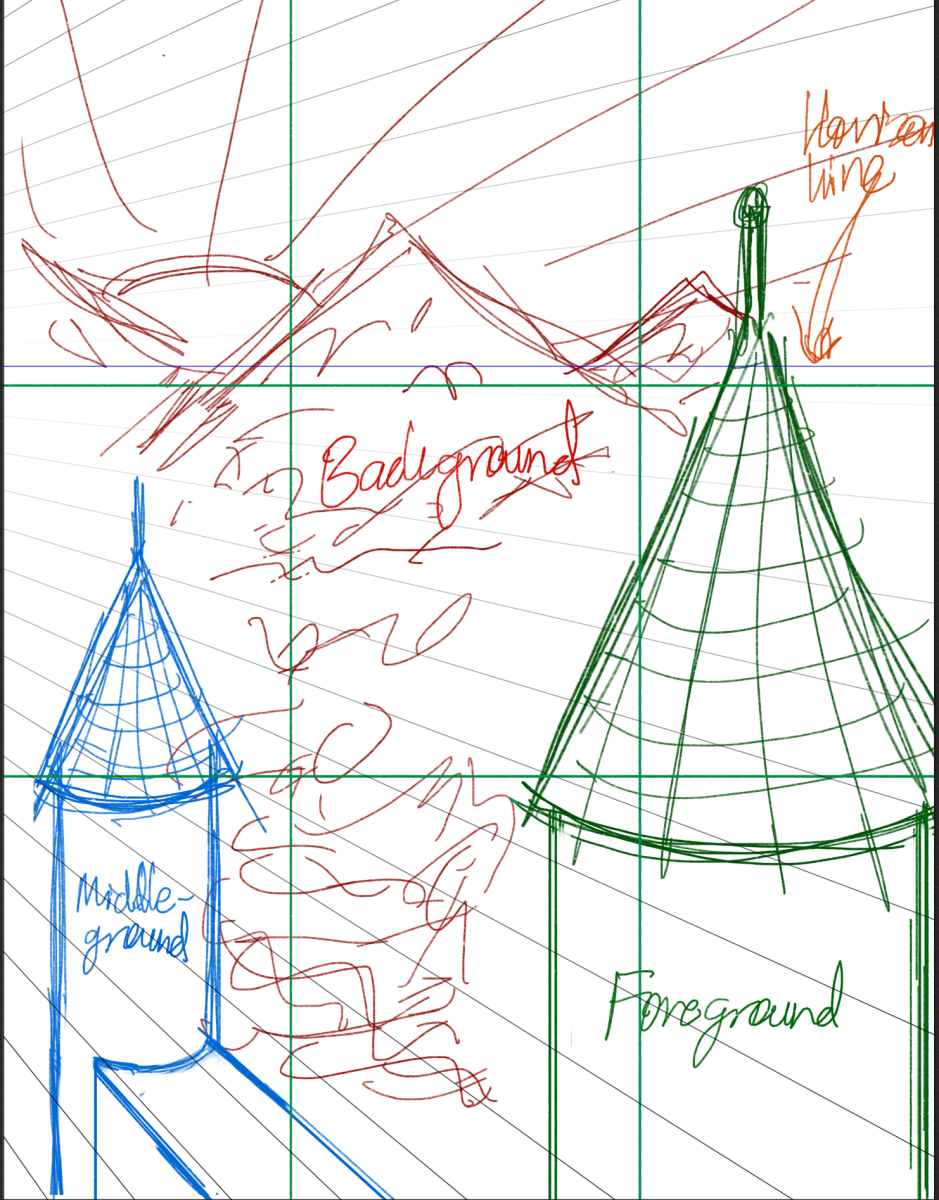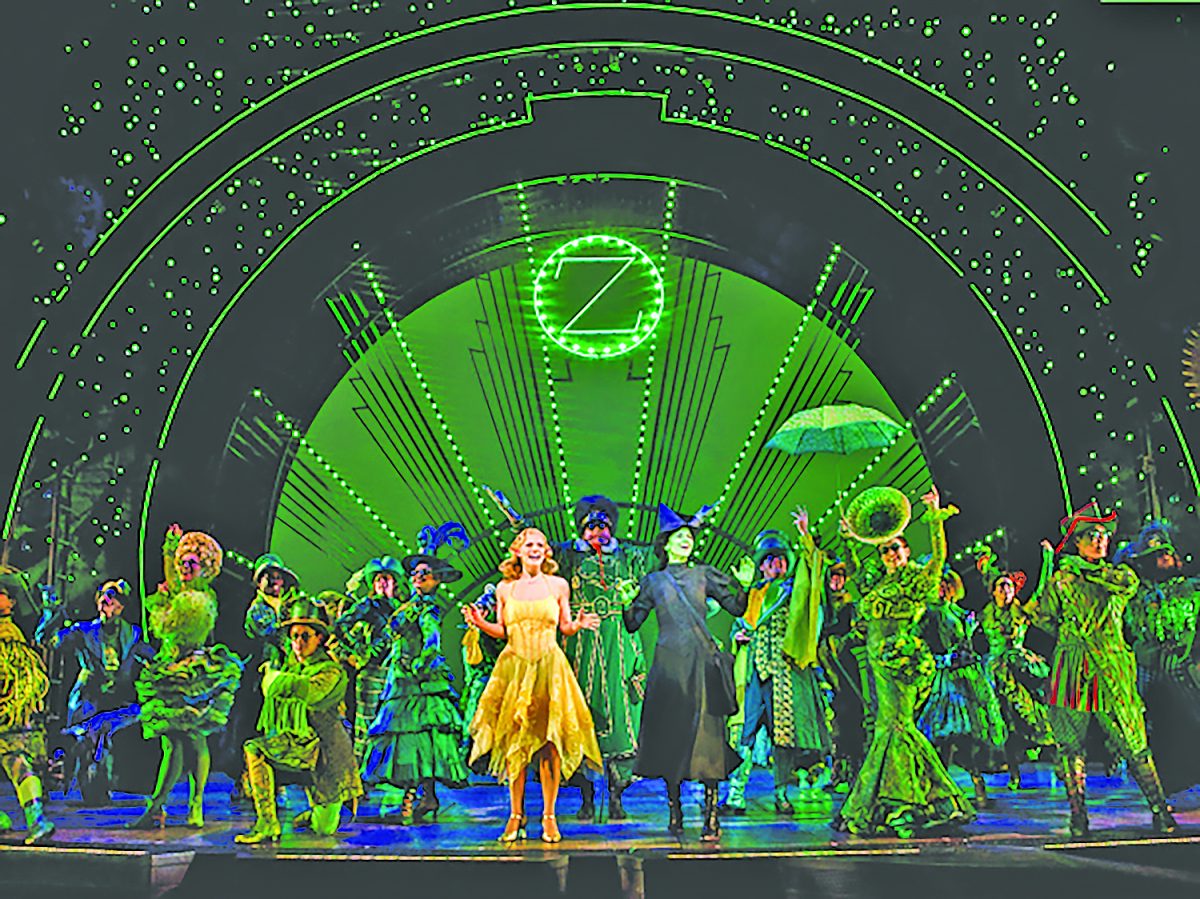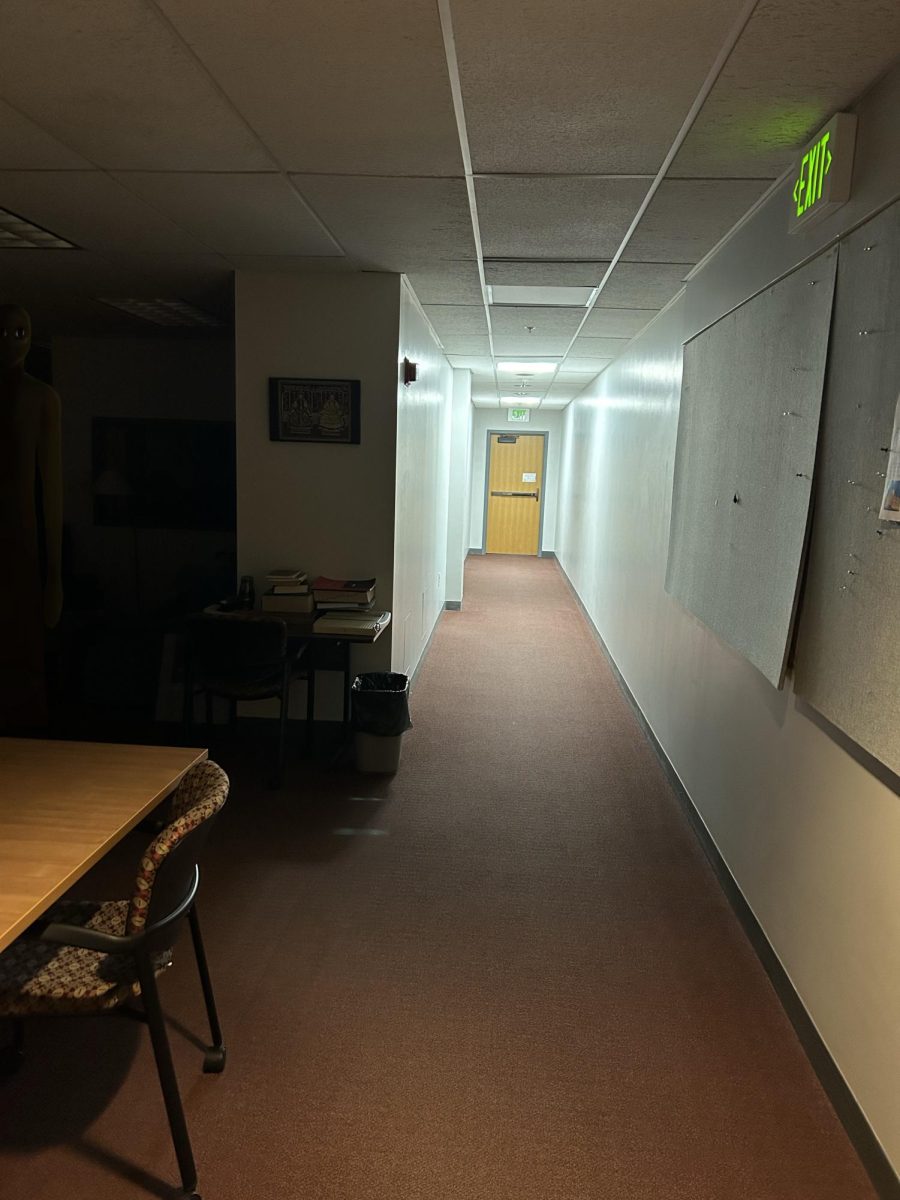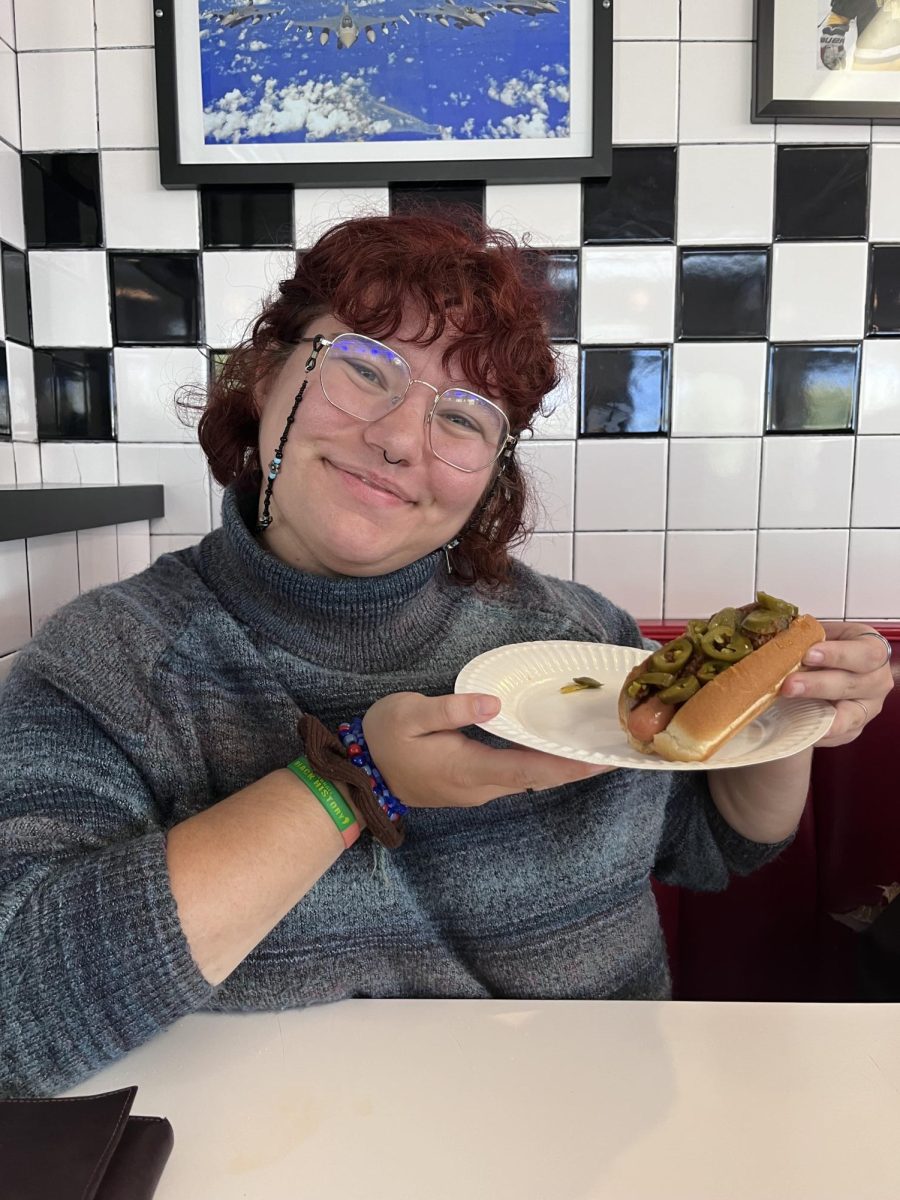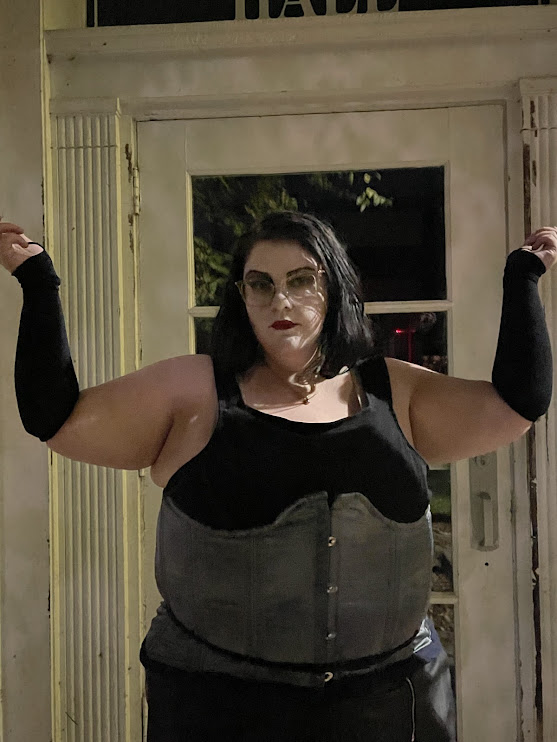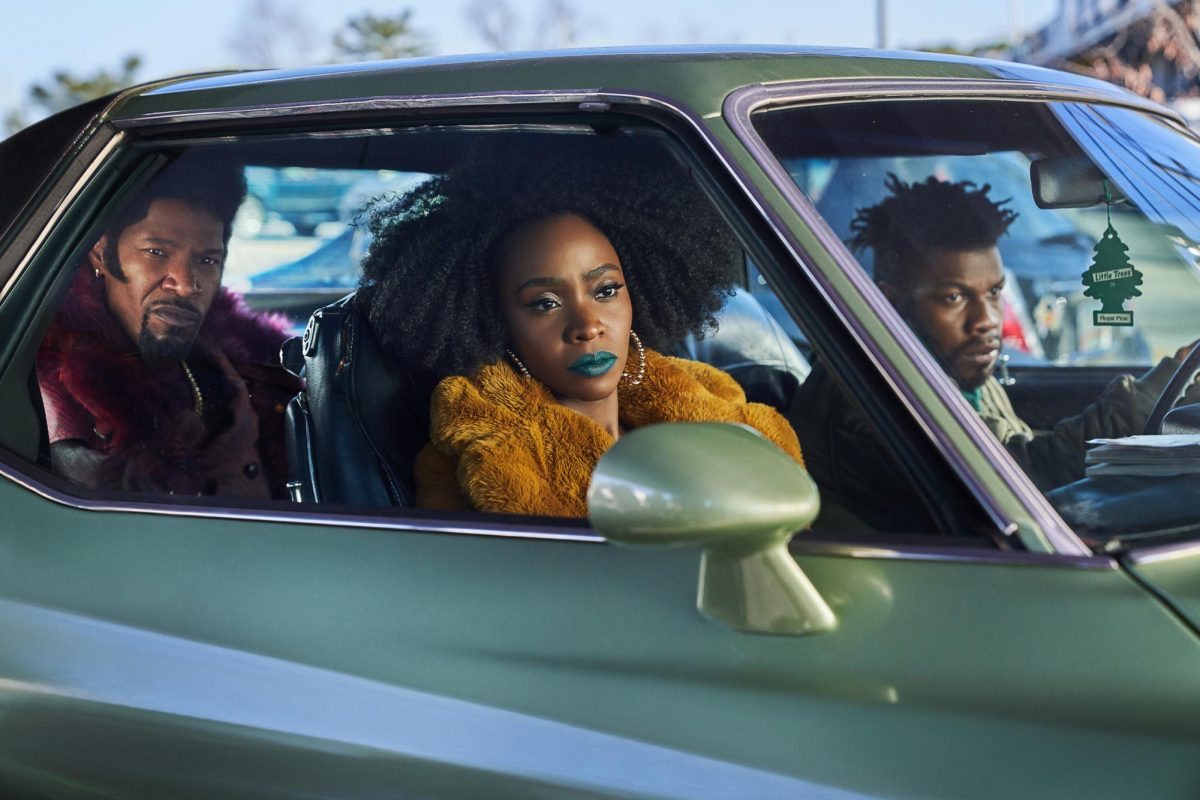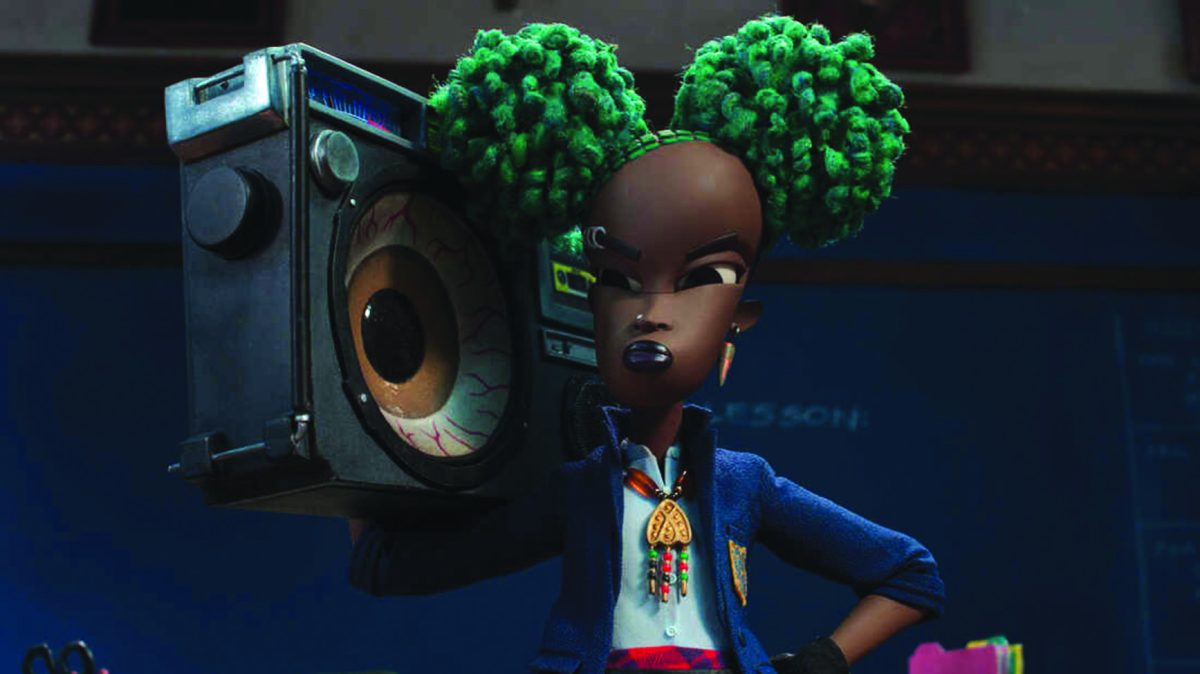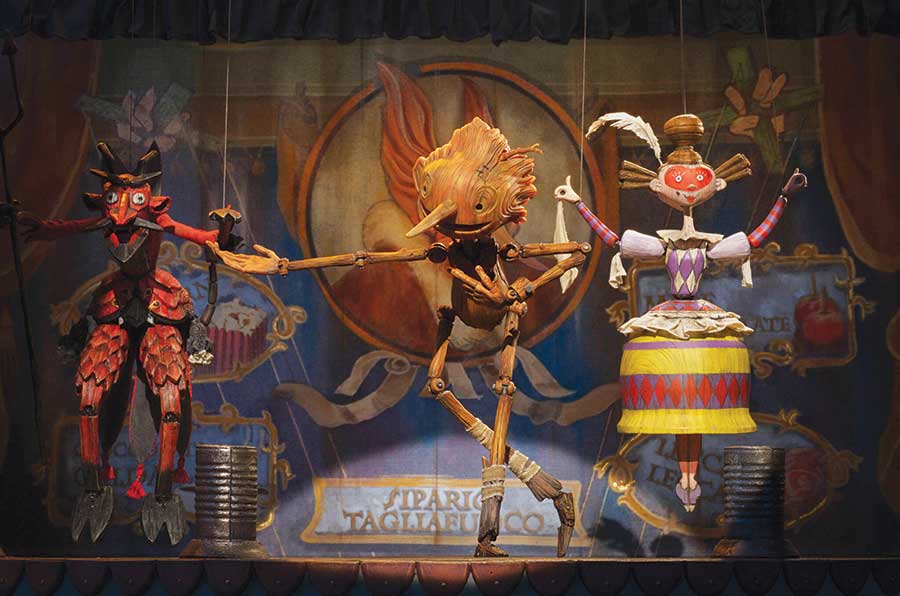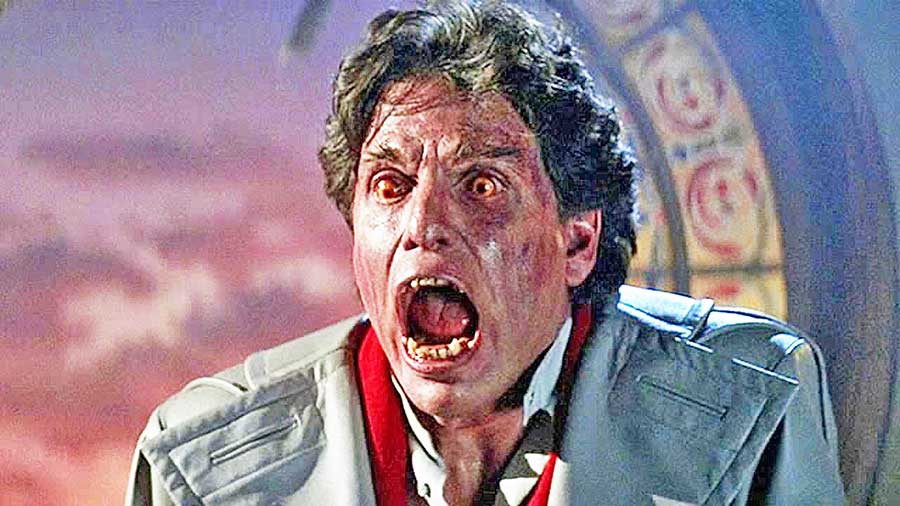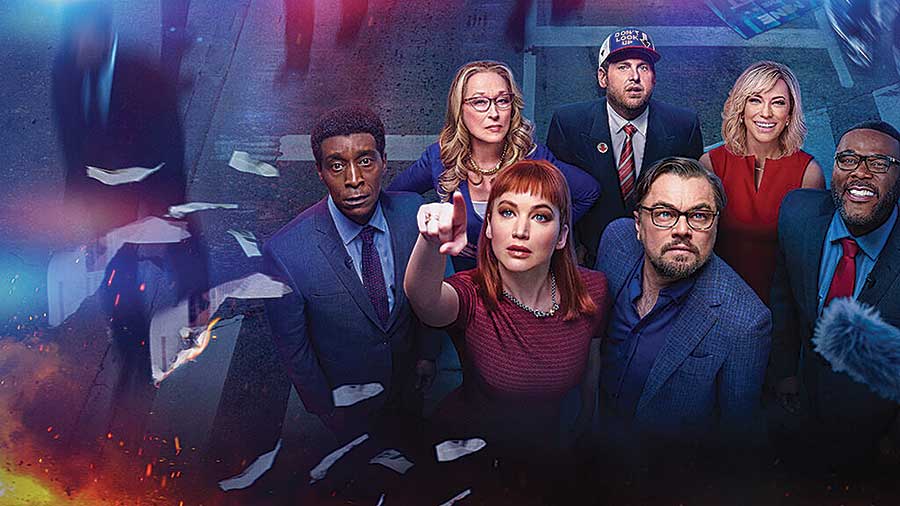“The Cabin in the Woods” is too big for just one critic. Basement Medicine’s resident horror gurus chime in.
By Ben Algar
Like puberty without the pimples, “The Cabin in the Woods” is the Proactiv of revolutionary filmmaking. As if it needs an introduction. Joss Whedon and Drew Goddard have wielded the textbook representation of modern genre-horror. With the film’s cooling sensation of suspended disbelief, Whedon and Goddard tell you a captivating tale that you think you thought you thunk you knew.
MGM bought Whedon (scriptwriter) and Goddard’s (scriptwriter and director) cult film in 2009, but the film sat on the shelf for three years, ageing like a fine Beringer. And wine it might as well have been, as the film leaves its viewers captured in a horrifying drunken stupor.
Analogously to its contemporaries, a social paradigm palpitates below the film’s surface like a demon eager to unleash its wrath onto the world. So like any revered horror film, “The Cabin in the Woods,” conceptually sound, offers more than scene advancement and adulterated gore.
Thor, a.k.a. Curt (Chris Hemsworth) stars as “The Jock,” with lowered ears and colossal mania for booze. Dana (Kristen Connolly) is “The Virgin.” Jules (Anna Hutchison) is the jock’s squeeze and “The Whore,” for all intents and purposes. Holden (Jesse Williams) is the faux-jock “Bookworm.” And Franz Kranz (Marty) is the “Prophetic Stoner.”
Whedon (Buffy the Vampire Slayer, Angel, Toy Story, The Avengers) returned to film after writing for television for 13 years. Goddard (Alias, Lost, Cloverfield) found himself behind the helm with “The Cabin in the Woods,” directing his first ever feature-length film.
With film constructs intact, your normal horror movie moments, Whedon and Goddard invert what would be into what should be in what feels like the turn of a lever. “The Cabin in the Woods” isn’t just written in such a way as to stupify its audience. Unlike snarky, stale “gotcha” flicks like “Hide and Seek,” Whedon and Goddard’s script rollercoasters you into an artistic vision that turns and twists seamlessly and enjoyably.
If you have two cents and enough money to pay off the ticket distributor, then “The Cabin in the Woods” should be a must see. Take into consideration the gore, language, and nudity that give this cinematic masterpiece an MPAA R rating, and view it as an artistic impressionist might view a groundbreaking painting. This film is nothing to joke about, though if you listen closely enough you may hear Whedon and Goddard jeering behind the camera.
By Tom Benton
“The Cabin in the Woods” is the “Living End” of horror films. It’s one of the increasingly elusive films that operates both as story and essay—Pauline Kael said this is cinema’s most valuable form. The story is probably the most brilliantly told in all of American horror. The essay is so simply, brilliantly perceptive that it becomes a horror film unto itself: the truths of horror fans’ irresistible, primal draw toward this genre—truths almost too scary to face.
The trailers set up the film as “Scream” lampooning the “Cabin in the Woods” horror trope—see “The Evil Dead,” “Cabin Fever,” Lars von Trier’s ghastly “Antichrist”—instead of the slasher subgenre. But the film is never really that, not completely, and by the time the film runs, blood gushing, into its second act, something so simple as a lovingly deconstructive ode to horror, like “Scream,” is out of the cards. The story structure of “The Cabin in the Woods” is like the scene in “Life of Brian” in which Brian flees Roman guards, only to suddenly be kidnapped by aliens and whisked into space—only “The Cabin in the Woods” has a third act.
Writing about a film with plot development that almost makes “Lost” seem old-fashioned is a horrific task. (If oral pleasure has never been your thing, position your partner so you can still glimpse the screen and put on “The Cabin in the Woods.” Keeping your jaw open for an hour and a half is automatic. The rest remains up to you.)
It starts with the obligatory character set-up, as five friends prepare to head to their heavenly cabin in the woods (yeah, right, right?): the jock (“Thor”’s Chris Hemsworth); the nice guy (“Grey’s Anatomy”’s Jesse Williams); the virgin (Kristen Connolly); the skank (Anna Hutchinson); and the stoner (“Dollhouse”’s Fran Kranz). The scene is a curious blend of irony—it’s all so clichéd!—and honesty (But look! They have feelings now!). They hop in their camper, Thor starts up the camper, and they’re rock ‘n’ rolling.
Then the camera pans up to their apartment building’s roof. A scientist watches, walkie-talkie in hand. He speaks into it.
“Nest is empty,” he says. “We’re right on time.”
Chalk it up to Joss Whedon, the Shakespeare of modern recorded visual narrative, either your god or a name you’ve never heard. (See “Buffy the Vampire Slayer,” its spinoff, “Angel,” “Firefly,” its spinoff movie, “Serenity,” “Dr. Horrible’s Sing-Along Blog,” and “Dollhouse”; he also wrote “Speed,” uncredited, and “Toy Story,” credited.)
Whedon plotted the entire film and wrote the screenplay with former writing-staff underling Drew Goddard, for whom “The Cabin in the Woods” is his first stab at directing. The dramatic scenes are bewilderingly captivating, even when based in classic horror situations: their success is due to the combination of Goddard’s surprisingly confident directing and Whedon’s deeply passionate writing. The whole film has a sick, slimy look, recalling both grungy Seventies grindhouse horror (“Texas Chain Saw Massacre,” “The Last House on the Left”) and the miserable look of modern torture porn, a subgenre Whedon and Goddard easily (and righteously) disregard.
Here I hit a standstill, like the horror genre after “Scream”—I can’t write anything truly analytical without potentially spoiling the most exciting movie I’ve ever seen. The best thing one can do in writing about “The Cabin in the Woods” is to aggressively urge everyone with any appreciation or enjoyment of horror to see it. I squirmed like a child, quivered with excitement, even shouted at the screen. By the time it’s over, one’s jaw has been agape so long that Celine Dion’s face looks short and modest.
The Academy likes to tout its Oscar nominees as important films, shit like “Out of Africa” or “Ordinary People.” But “The Cabin in the Woods” is a truly important film, not just because of its astonishing storytelling, but because it shows that film has the capability both to entertain and to educate—movies have rarely seen cinematic essays like this since Jean-Luc Godard’s heyday, and all while being hella fun, too. Additionally, it just might be the best horror movie ever made.


